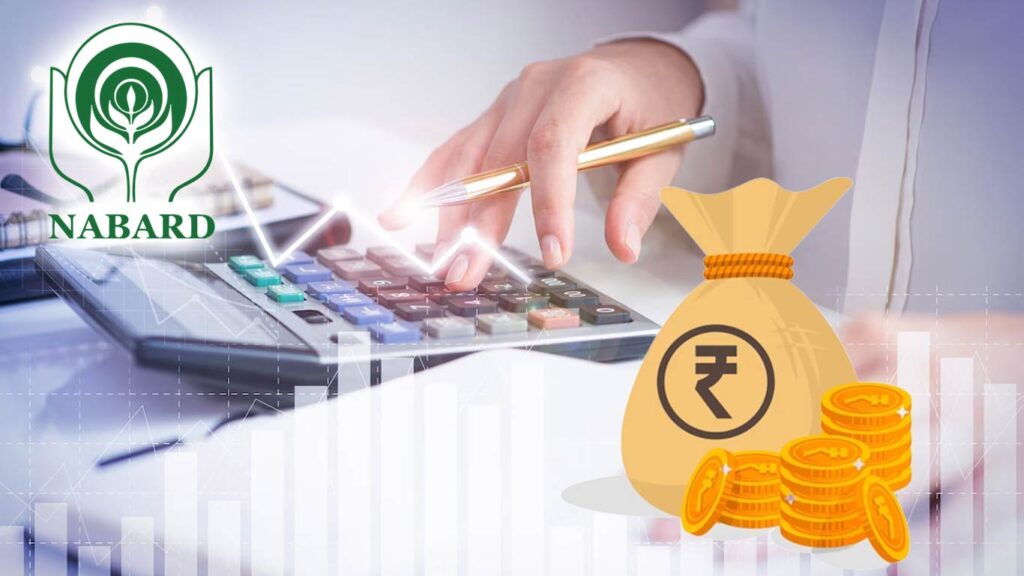Kolkata, Mar 1 (KNN) The Government of West Bengal anticipates that agricultural credit disbursement in the current fiscal year will surpass Rs 1 lakh crore, according to state agriculture secretary OS Meena.
This projection comes after disbursements already exceeded Rs 75,000 crore in the December quarter, significantly higher than the previous fiscal year’s total of Rs 70,000 crore.
The announcement was made during the State Credit Seminar 2024-25, organised by the National Bank for Agriculture and Rural Development (NABARD).
NABARD’s presentation at the seminar highlighted that credit flow in agriculture, Micro, Small and Medium Enterprises (MSME), and other priority sectors has shown significant growth in West Bengal over the past five years. This upward trajectory reflects the state’s concerted efforts to strengthen its agricultural and rural economy.
Meena emphasised that West Bengal is currently focusing on crops with production deficits, particularly oilseeds and pulses.
“Oilseeds production doubled in the last few years. Now, it is 14 lakh tonnes. Our target is to achieve self-sufficiency in oil seeds,” he stated.
The agriculture secretary also underscored the importance of conducting reality checks in credit delivery to ensure efficient distribution of financial resources.
State finance secretary Prabhat Mishra revealed plans for discussions with NABARD regarding milk production in the western districts of West Bengal, where relatively dry weather conditions prevail.
“In this zone, the scope of milk production is high,” Mishra noted, indicating the state’s interest in diversifying agricultural activities based on regional climatic conditions.
According to NABARD, MSME lending in West Bengal has doubled over the last five years. Currently, regional rural banks and cooperative banks account for 5 percent of priority sector lending in the state.
Looking ahead, NABARD chief General Manager PK Bhardwaj announced a credit target of Rs 3.8 lakh crore for priority sector lending in Bengal for 2025-26, representing a substantial 20.6 percent increase compared to the previous year’s target.
(KNN Bureau)










